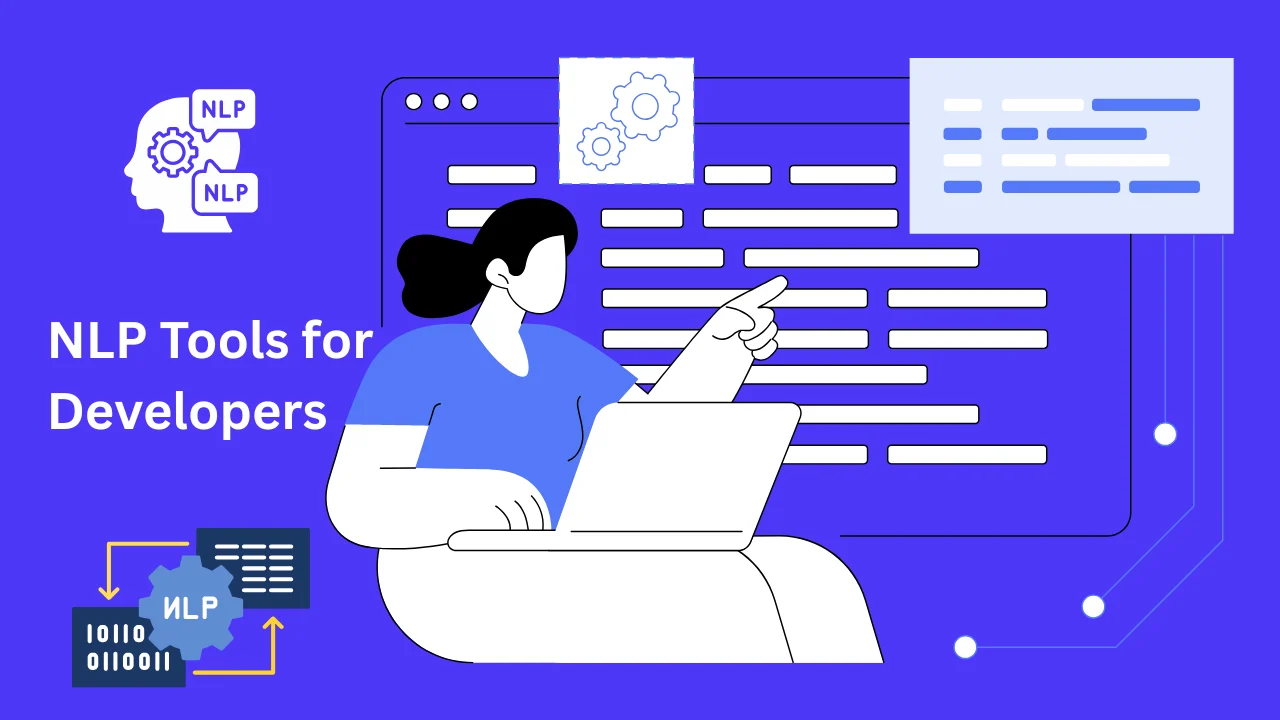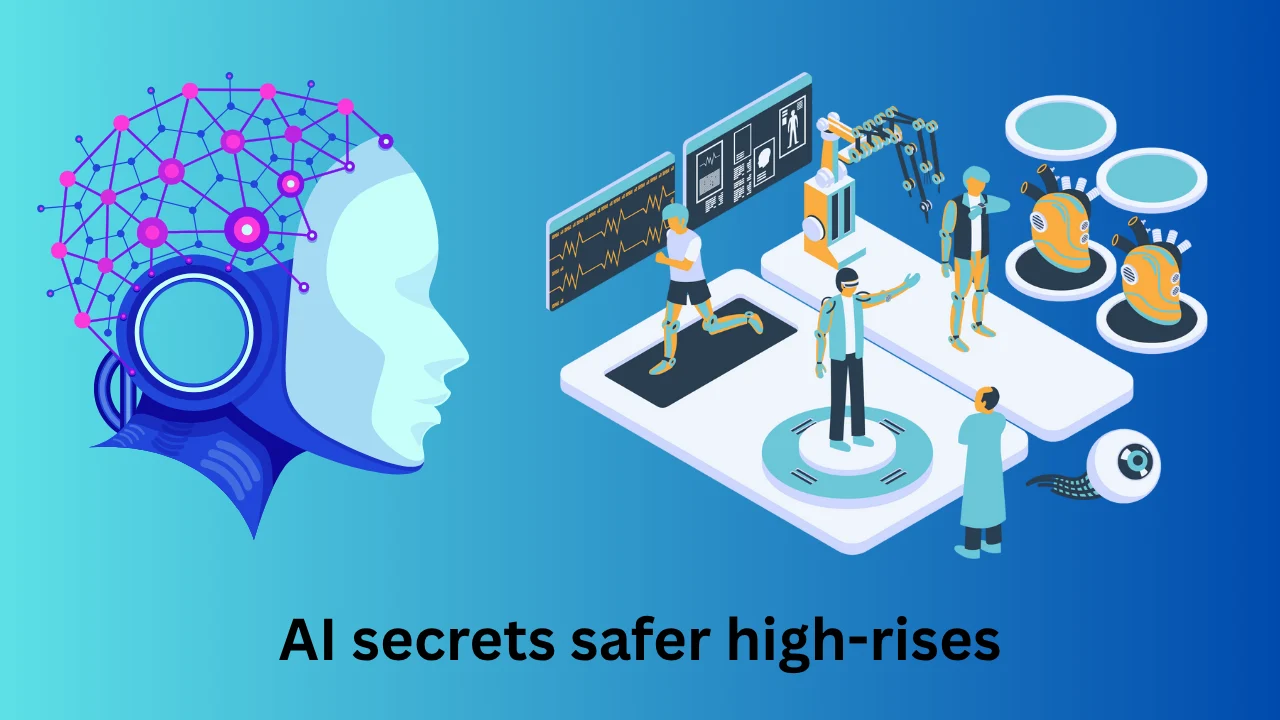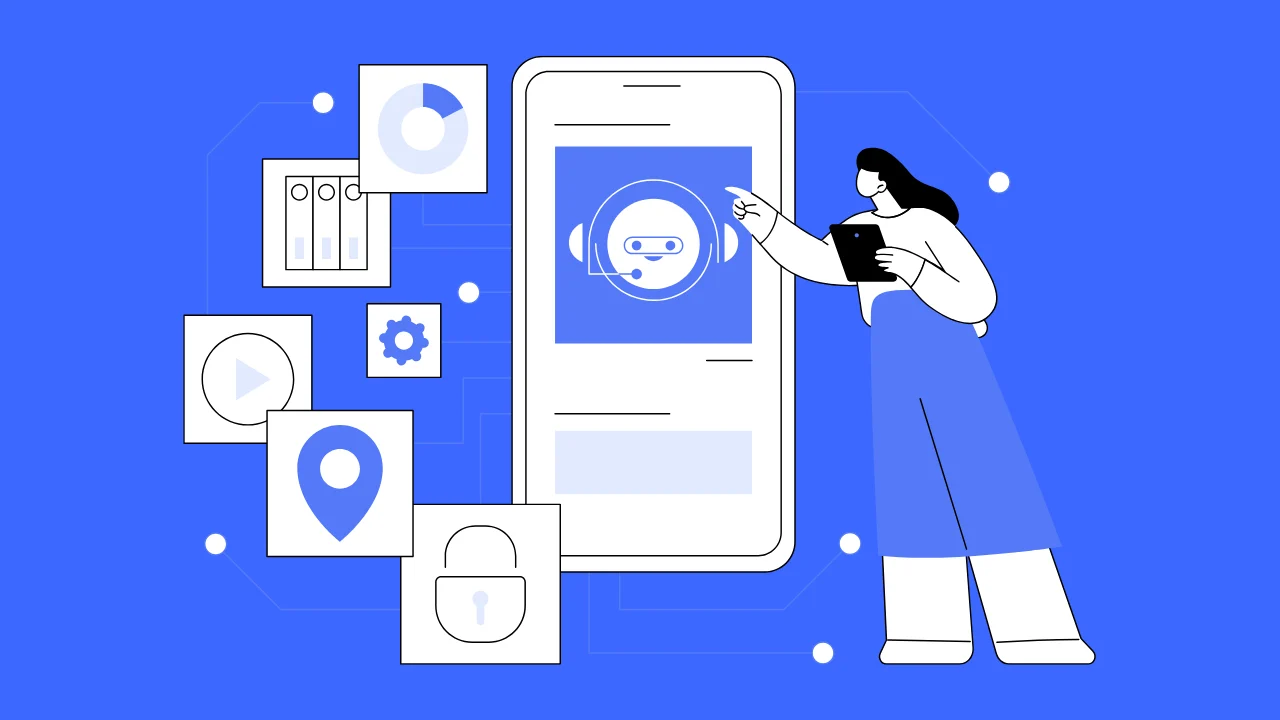Natural Language Processing (NLP) is the magic behind machines understanding human language, and for developers in the US, NLP tools for developers are absolute game-changers. Whether you’re building a chatbot, analysing sentiments, or translating languages, these tools make life easier and projects smoother. In this article, we’re diving into five must-have NLP tools for developers that are transforming the tech world, with a spotlight on natural language processing libraries that every coder needs in their arsenal. Ready to explore? Let’s get cracking!
Introduction to NLP and Its Relevance
Imagine a world where computers can chat with us like mates over a cuppa—or in this case, a coffee, since we’re talking to US folks! That’s what NLP brings to the table. It’s all about bridging the gap between human language and machine understanding. For developers, NLP tools for developers are like a trusty sidekick, helping to unravel the messy, beautiful chaos of words we humans chuck about daily. This article will walk you through five tools that are proper game-changers, so stick around.
What Exactly is NLP?
Defining Natural Language Processing
NLP, or Natural Language Processing, is a cracking field where artificial intelligence meets linguistics. It’s about teaching machines to read, understand, and even generate human language. Think of it as giving your computer a crash course in English—or any language, really—so it can make sense of texts, speech, and more.
Why It Matters Today
In today’s tech-driven world, NLP is everywhere, mate. From Siri and Alexa to those clever search engines that guess what you’re typing, natural language processing libraries power it all. For developers, it’s a goldmine—unlocking possibilities in automation, customer service, and data analysis that were once pure sci-fi.
The Need for NLP Tools for Developers
Tackling Unstructured Data
Human language isn’t neat and tidy like code. It’s a jumble of slang, idioms, and emotions—unstructured data, as we call it. NLP tools for developers step in to sort this mess, turning raw text into something machines can work with. Without them, you’d be knackered trying to process it manually.
Boosting Efficiency with Automation
Time is money, innit? These tools automate grunt work like tokenizing words, tagging parts of speech, or spotting key phrases. Developers can focus on the big picture—building brilliant apps—while NLP tools for developers handle the nitty-gritty.
“NLP tools are the unsung heroes of modern development, saving countless hours and unlocking new possibilities.” – Tech Innovator, Jane Doe
Unveiling the Top 5 NLP Tools for Developers
Let’s dive into the good stuff—the five NLP tools for developers you can’t do without. Each one’s a star in its own right, and we’ll break down what makes them tick.

1. NLTK (Natural Language Toolkit)
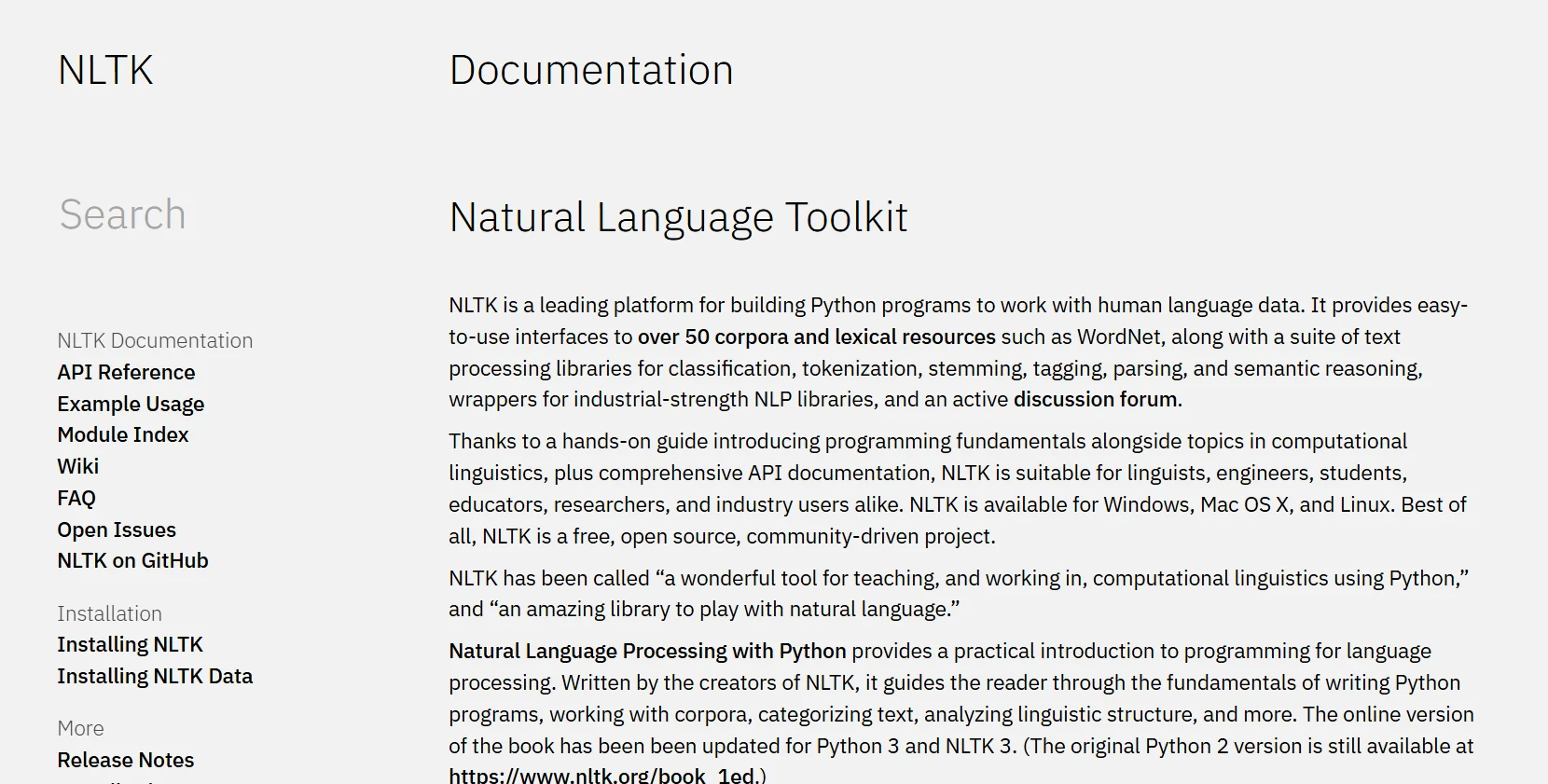
Overview of NLTK
NLTK is the granddaddy of natural language processing libraries, built for Python lovers. It’s been around the block and is a go-to for beginners and pros alike, offering a massive toolkit for text wrangling.
Key Features
- Tokenization (splitting text into words or sentences)
- Stemming and lemmatization (simplifying words to their roots)
- Part-of-speech (POS) tagging
- Sentiment analysis
How It Works
NLTK comes with pre-trained models and a heap of corpora—think of them as training manuals for your machine. You can use these out of the box or train your own models with your data. It’s like giving your code a crash course in linguistics.
Pros and Cons
Pros: Loads of resources, massive community, supports multiple languages.
Cons: A bit sluggish compared to newer tools, and some setup can be fiddly.
Fancy a peek? Check out the NLTK Official Website.
2. spaCy
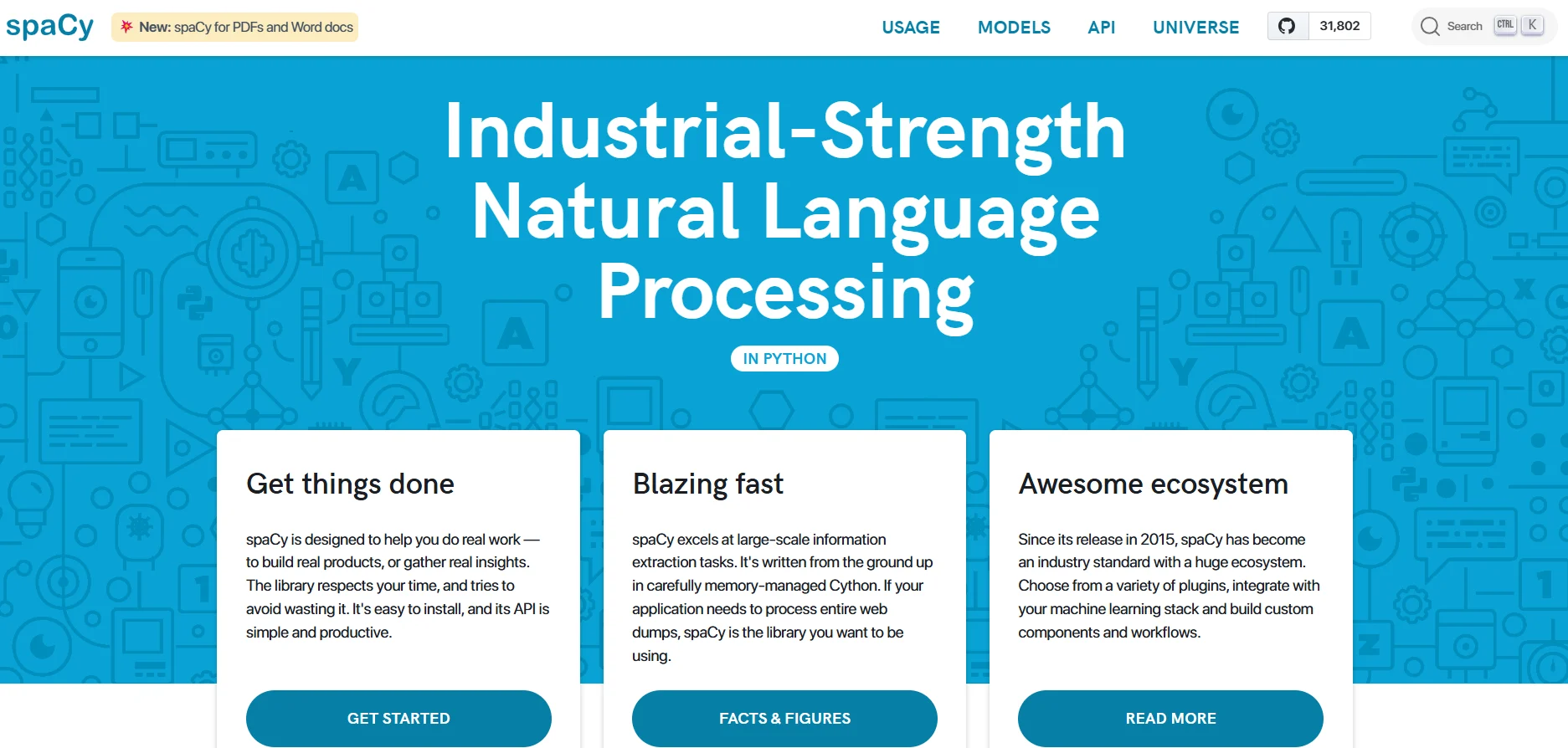
Overview of spaCy
spaCy is the sleek, modern cousin in the NLP tools for developers family. It’s open-source, fast as lightning, and built for real-world use—perfect for projects that need to scale.
Key Features
- Tokenization and POS tagging
- Dependency parsing (understanding sentence structure)
- Named entity recognition (spotting names, places, etc.)
- Word vectors for deeper analysis
How It Works
spaCy uses fancy tech like convolutional neural networks (CNNs) to zip through text processing. It’s got pre-trained models for loads of languages, making it a breeze to get started.
Pros and Cons
Pros: Blazing fast, user-friendly, multilingual support.
Cons: Not as flexible for custom training as some rivals.
Give it a whirl at the spaCy Official Website.
3. Stanford CoreNLP
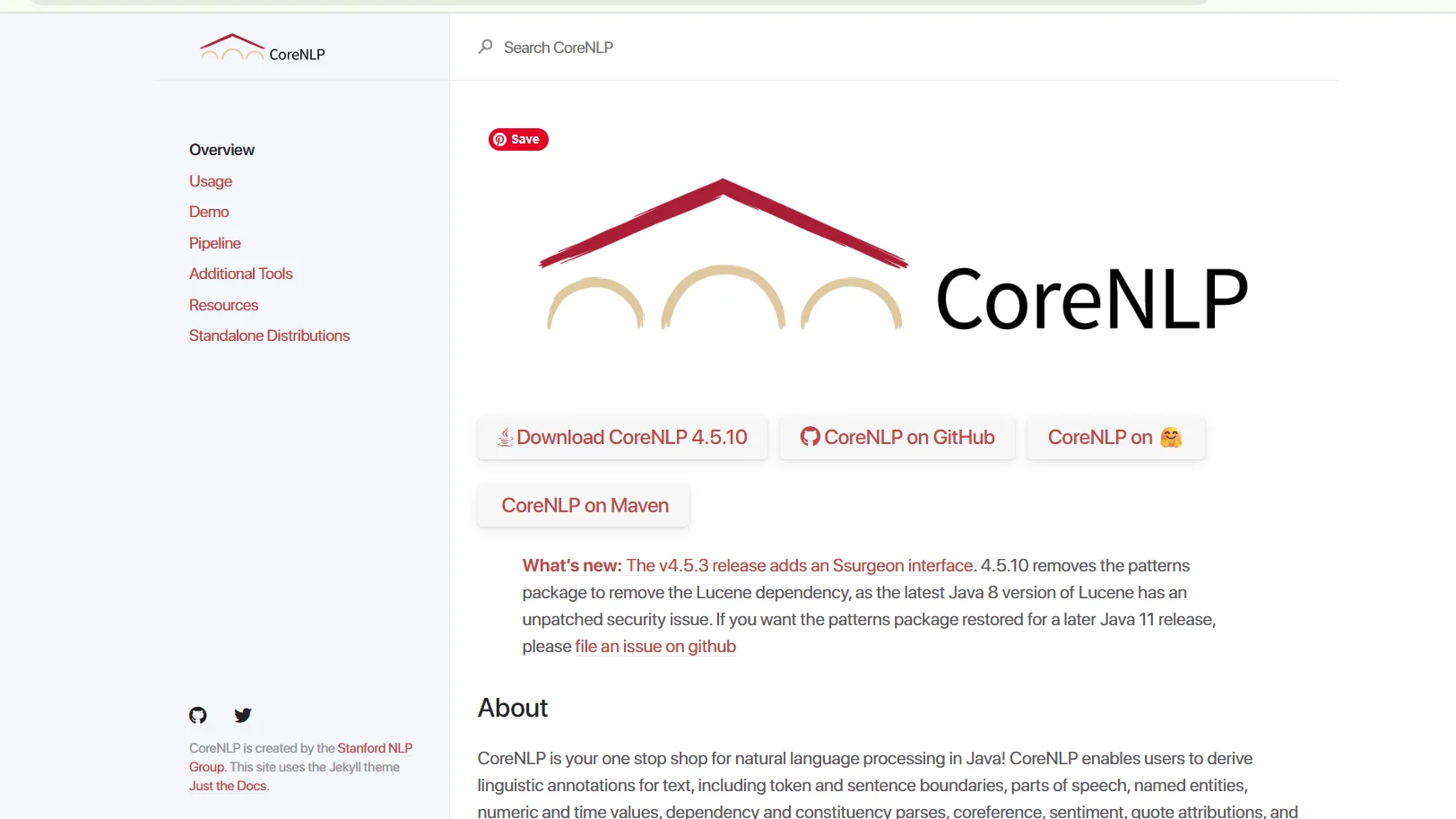
Overview of Stanford CoreNLP
Straight out of Stanford University, this Java-based gem is a heavyweight in the natural language processing libraries scene. It’s known for its precision and depth.
Key Features
- Tokenization and POS tagging
- Named entity recognition
- Sentiment analysis
- Coreference resolution (linking pronouns to nouns)
How It Works
Stanford CoreNLP blends rule-based tricks with statistical magic. It’s got pre-trained models, but you can tweak it for your needs—perfect for developers who love control.
Pros and Cons
Pros: Top-notch accuracy, multilingual, feature-rich.
Cons: Needs Java, slower than some Python tools.
Dive in at the Stanford CoreNLP Official Website.
4. Gensim
Overview of Gensim
Gensim is your mate for big text jobs—think topic modelling and document similarity. This Python library shines when you’re dealing with massive datasets.
Key Features
- Topic modelling (LDA, LSI)
- Document similarity analysis
- Word embeddings (like Word2Vec)
How It Works
Gensim uses clever algorithms to dig out patterns in text. It’s built for speed and can handle streaming data, so you’re not bogged down by memory issues.
Pros and Cons
Pros: Great for large datasets, efficient, easy to use.
Cons: Narrower focus—less versatile for general NLP tasks.
Explore more at the Gensim Official Website.
5. Transformers (Hugging Face)
Overview of Transformers
Hugging Face’s Transformers library is the rockstar of modern NLP tools for developers. It’s packed with cutting-edge models like BERT and GPT, ready to tackle any language task.
Key Features
- Text classification
- Machine translation
- Summarization
- Question answering
How It Works
Transformers use attention mechanisms—fancy tech that lets models focus on what matters in a sentence. You can fine-tune pre-trained models for your specific gig.
Pros and Cons
Pros: State-of-the-art performance, versatile, multilingual.
Cons: Hungry for compute power, tricky for newbies.
See it in action at Hugging Face Transformers.
Comparing the Best NLP Tools
Here’s a quick table to see how these NLP tools for developers stack up:
| Tool | Ease of Use | Performance | Key Features | Language Support |
|---|---|---|---|---|
| NLTK | High | Moderate | Broad and comprehensive | Multiple |
| spaCy | High | High | Fast, production-ready | Multiple |
| Stanford CoreNLP | Moderate | High | Accurate, detailed | Multiple |
| Gensim | High | High | Topic modelling, similarity | Multiple |
| Transformers | Moderate | Very High | Cutting-edge models | Multiple |
How to Pick the Right NLP Tool
Factors to Consider
Choosing the right NLP tools for developers isn’t a one-size-fits-all deal. Think about:
- Task: Need general text processing? NLTK or spaCy. Topic modelling? Gensim. Advanced AI? Transformers.
- Speed: spaCy and Gensim are quick; Stanford CoreNLP takes its time for accuracy.
- Skill Level: Newbies love NLTK; pros might dig Transformers.
- Resources: Got a beefy machine? Transformers are your friend.
Use Cases Explored
- Chatbots: spaCy or Transformers for speed and smarts.
- Text Analysis: NLTK or Stanford CoreNLP for depth.
- Big Data: Gensim’s your go-to.
Challenges Developers Face with NLP
Ambiguity in Language
Words can mean different things depending on context—proper headache for machines! “Bank” could be a riverbank or a place for your cash. NLP tools for developers help, but it’s still a tough nut to crack.
Data Quality Issues
Rubbish in, rubbish out, yeah? If your training data’s dodgy—full of errors or bias—your model’s toast. Cleaning data is a slog, but these tools often come with tricks to help.
“The biggest challenge in NLP isn’t the tech—it’s the data we feed it.” – AI Expert, John Smith
How NLP Tools Solve These Challenges
NLP tools for developers tackle ambiguity with clever models that learn context—like Transformers’ attention tricks. For data woes, tools like NLTK and spaCy offer pre-processing goodies to tidy things up, saving you from a meltdown.
The Future of Natural Language Processing Libraries
The NLP world’s buzzing, mate. Pre-trained models are getting smarter, multimodal stuff (text plus images) is on the rise, and there’s a push for explainable AI. Natural language processing libraries will keep evolving, making life easier and apps fancier for US developers.
Conclusion: The Way Forward for NLP Tools
Looking ahead, NLP tools for developers are set to be the backbone of innovation. From NLTK’s trusty basics to Transformers’ next-level power, these five game-changers are here to stay. As the field grows, expect more accessible, ethical, and powerful tools to shape how we interact with tech. For US developers, mastering these tools is the key to staying ahead in the game.
“The future of NLP is bright, and developers hold the torch.” – Data Scientist, Emily Brown
FAQs
1. Which NLP tool is best for beginners?
NLTK’s your best bet—loads of docs and a gentle learning curve.
2. What’s the fastest NLP tool for big projects?
spaCy’s speed makes it a winner for large-scale jobs.
3. Can these tools handle non-English languages?
Yep, most like spaCy and Transformers support multiple tongues.
4. How do stemming and lemmatization differ?
Stemming chops words down (e.g., “running” to “run”), while lemmatization uses context for the proper base (e.g., “better” to “good”).
5. What’s the deal with pre-trained models?
They’re ready-made, trained on huge datasets—tweak them for your needs and save time.
6. What are NLP tools used for in real life?
Think chatbots, translations, sentiment checks—everywhere language meets tech!

